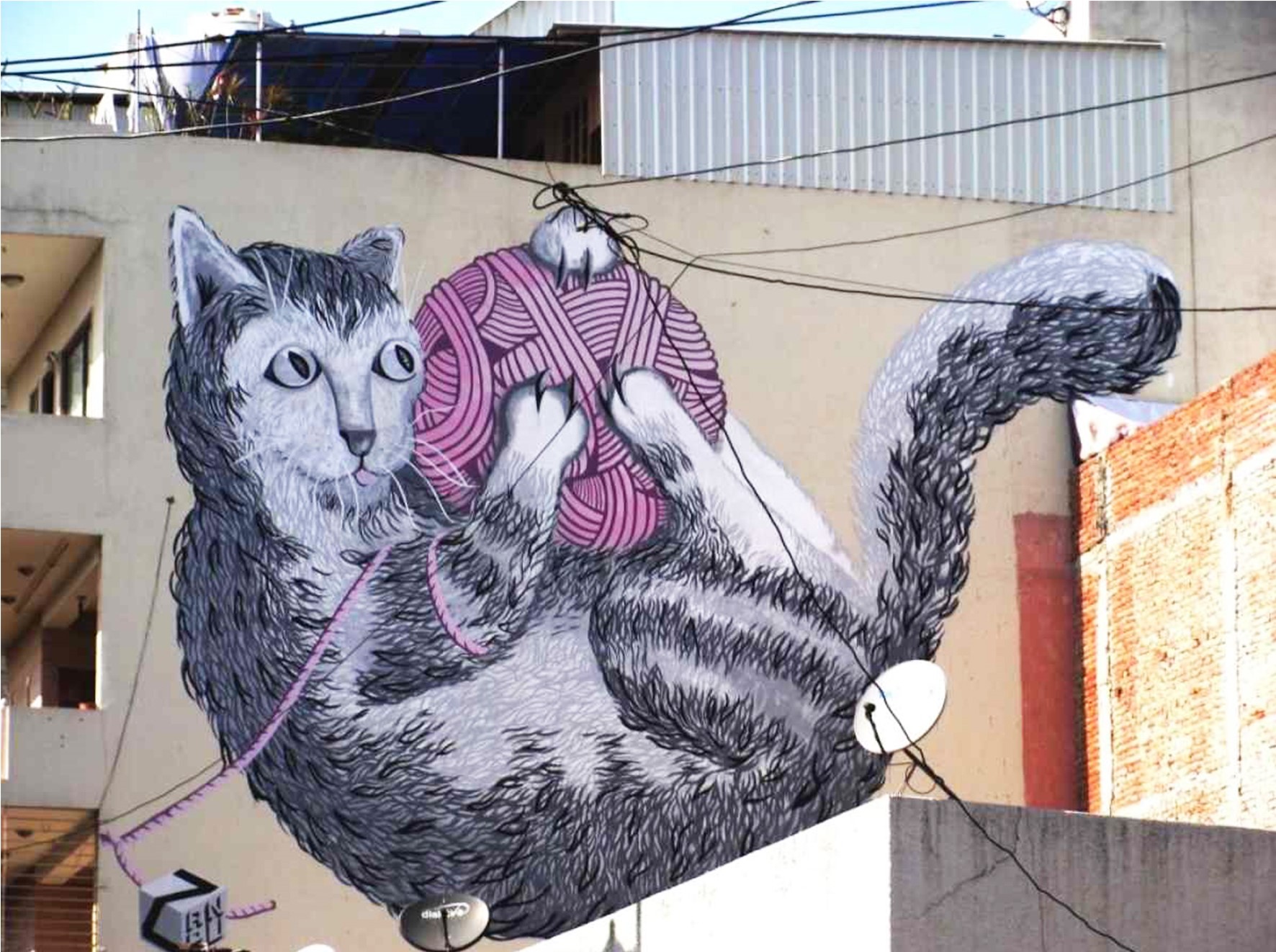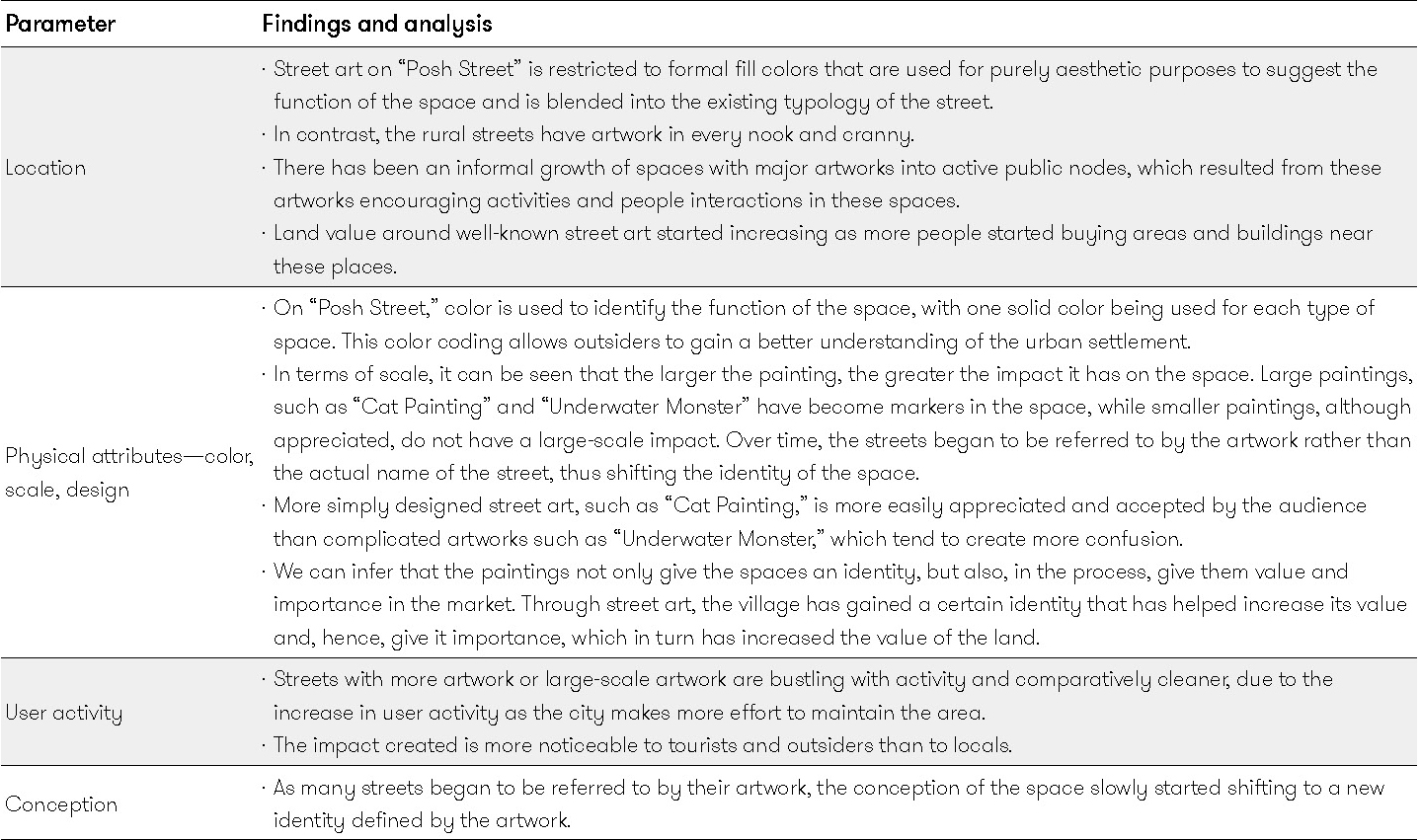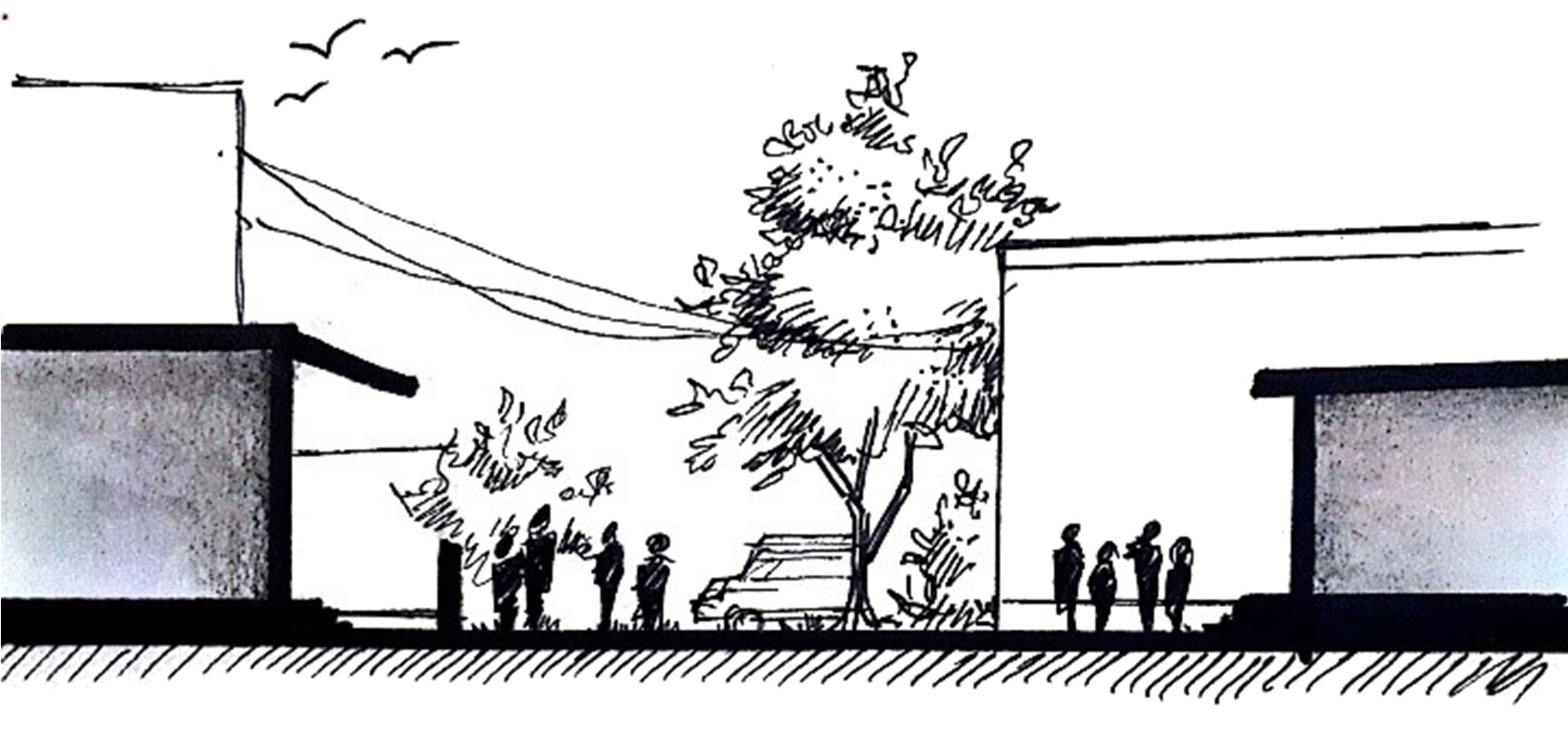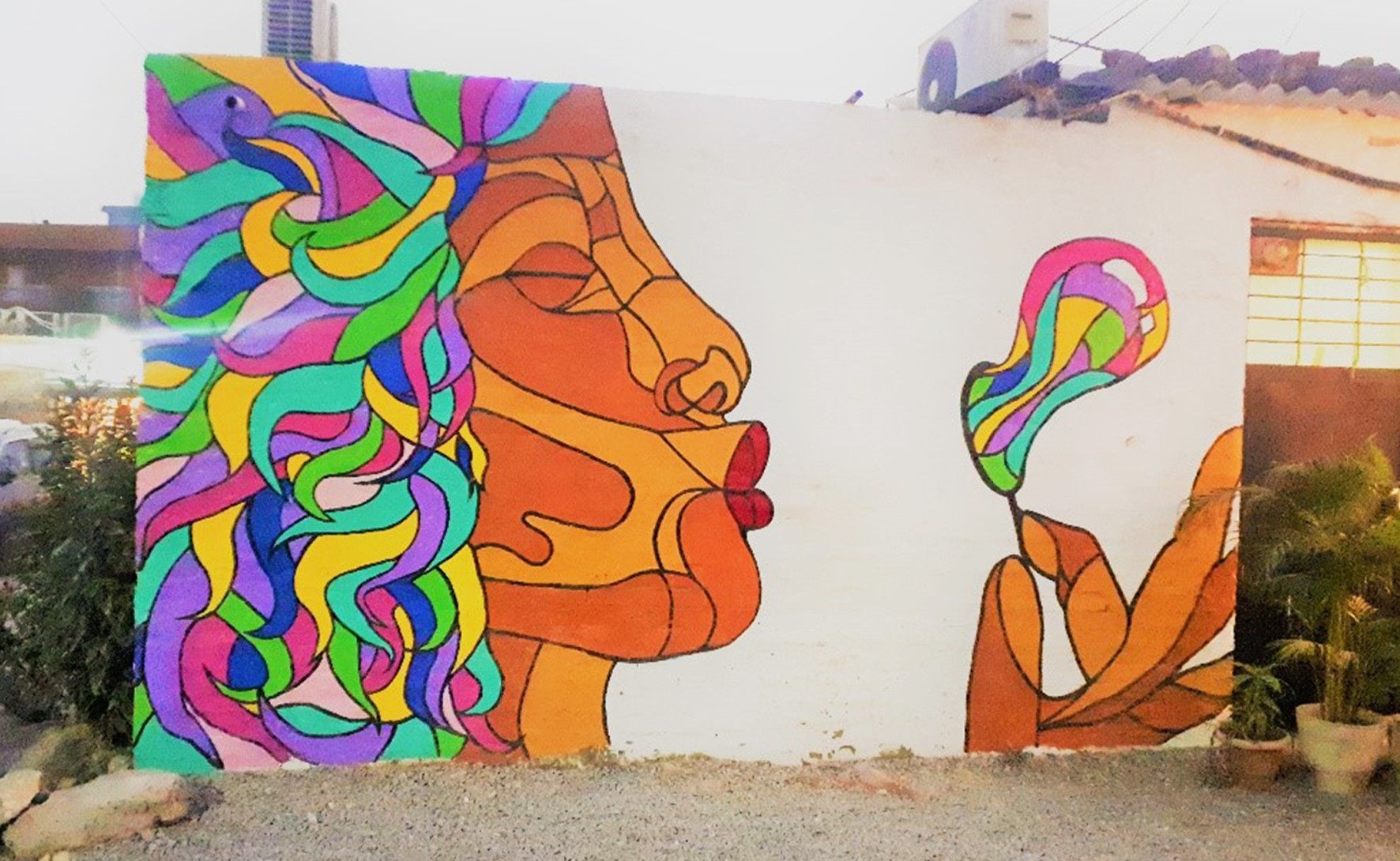Abstract: Street art is a means of expression, through which artists seek toconvey a message or express themselves. Each artist has their own unique style, which they project through their art to interact with the street and its occupants. This research paper examines the extent to which street art can affect a city’s social identity, in terms of the following parameters: location, physical attributes (color, design, and scale), user activities, and conception. This study seeks to improve our understanding of the relationship between street art, the street, and its occupants. Artists who create street art aim to bring about a change in that space, as well as how people interact with that space. This study seeks to determine the precise parameters through which this change is brought about, and how they can be used to shift the functionality of a space, and thereby change its identity.


.jpg)
.jpg)


.jpg)

.jpg)
 \
\





 loading......
loading......